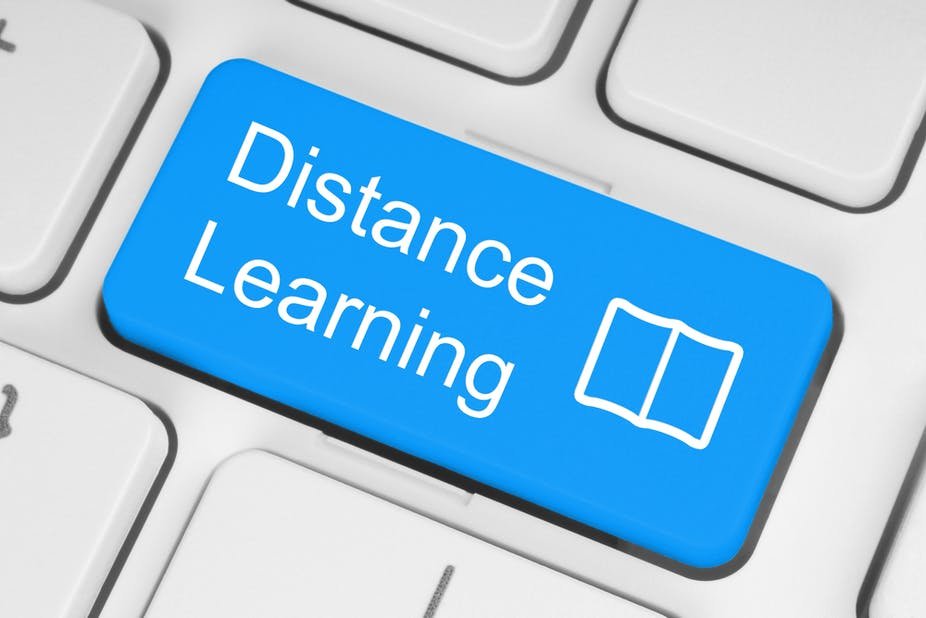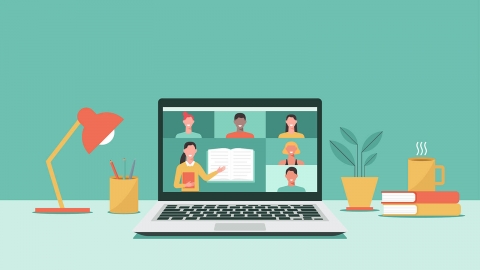
Pros and Cons of Distance Learning
With steady technological advances, online education is taking the world by storm because of its convenience and flexibility in learning. Students can now attain quality education remotely, without physically being in the school environment, allowing them to focus on other things like work or taking care of their family and loved ones.
A report on distance learning in 2021 states that 52% of students are likely to change institutions if their course of choice isn’t available online at their preferred university. This is one of the major downsides to distance learning.
But before going any further, this article will highlight the pros and cons of distance learning.
Pros and Cons of Distance Learning
Online distance learning isn’t for everyone. Some people prefer physical classrooms to computer screens. So, let’s go through every aspect of distance learning and discuss its pros and cons.
Availability of technical expertise
With e-learning distance education, students need to be tech-savvy to access webinars and other online tools.
Pros
There is no limit to what you can learn online with distance learning tools. You can choose any new tech and excel in it with practice and dedication. Students can also participate in online forums to gather and share information on any topic of interest.
Cons
Just like any other new technology, e-learning education can be hard to master at first. Students who are not tech-savvy may find it hard to set up technical equipment for learning. As a result, they might not have the right platforms for a webinar or academic conference.
Availability of learning materials
The internet contains a wealth of data and resources that students can use to access information on any topic, including e-learning special education tools.
Pros
An undeniable advantage of online learning is the availability of learning materials and resources for students. With little or no money at all, students can get access to educational materials and resources. Moreover, e-learning for special education now allows special needs students to participate in class alongside their peers. Teachers can also use audio and visual aids to keep them up to speed with the curriculum.
Cons
Some e-learning materials are not free of charge, which is a problem for students from low-income households. Besides, not every student can even afford a laptop not to talk of subscription fees for online resources.
Credibility of results
You might get a diploma from an online education e-learning program but would your employer and institution acknowledge it?
Pros
A report by Keystone Online Studies says that 61% of HR leaders view online credentials as equal to those completed in-person, meaning that more employers are beginning to see the value of distance learning. Additionally, e-learning teacher education has made it easy to get a well-respected degree as an educator.
Cons
Nowadays, people can get their certification from online ‘diploma mills’ that hand out degrees to anyone who can afford them, thereby reducing the quality of credible results. Unfortunately, employers and academic institutions only accept certification from accredited online platforms like Coursera. Besides, students might end up spending their time and money to acquire ‘unusable’ diplomas.
Flexibility and remote access
This has to be one of the biggest wins of distance learning — the convenience to learn wherever and whenever you want.
Pros
Some students can now combine their part-time and full-time jobs with their online education. With your device and a stable internet connection, you can visit e-learning sites for online education anywhere in the world and learn at your own pace.
Cons
Students may find it challenging to choose a course that would bring the most benefits. Also, the internet connection might be a problem for some students who live outside urban cities. And lastly, distance learning can be a hassle for students who lack self-discipline and motivation to carry out the task of getting a degree.
Social interactions
This can be an advantage or disadvantage depending on the students’ preference for social interactions.
Pros
Some webinars and forums engage students in the learning process and open opportunities to meet diverse groups of people from different parts of the world. As a result, students struggling with social anxiety no longer need to worry about interactions. Besides, online forums offer that sense of community that students crave.
Cons
E-learning can be a lonely means of getting educated since students face a computer screen. Even with all the online groups and forums, they still feel detached from the rest of the world. Moreover, some students need individual attention and feedback from a lecturer in a physical classroom. Others can only function in socially vibrant environments alongside their peers.

Personal touch
E-learning creative education often requires a personal touch from the teachers to harness the students’ creativity. And some universities have an innovative digital ecosystem for students that supports personal tutelage and mentorship. But this presents various upsides and problems.
Pros
E-learning allows teachers to crowdsource communication by making students review and give feedback on assignments and other projects. Other detail-oriented educators can use chatbots and communication tools to interact with students one-on-one to find out their challenges and success stories.
Cons
Some students in e-learning school education often fall into obscurity, especially in large classes. Since teachers cannot see their students’ body language, they cannot tell when the students are struggling psychologically or handling domestic distractions. Due to the absence of this personal touch, some students’ performance and grades will decline because they lack support from their teachers.
Performance levels
Online education impacts the performance of students to varying degrees. Some students claim to achieve their learning objectives, while others struggle to adjust to the rigors of remote learning.
Pros
Distance education can boost students’ performance levels because of the extended learning and the flexibility e-learning online education offers. Besides, other stressors like campus distractions, bullying, and commutes no longer play a role in the performance levels.
Cons
But for students who can’t learn independently, their performance might drop due to the lack of motivation to learn. Besides, the lack of supervision from teachers means that they have to struggle to complete the learning program. And since students are bombarded with social media content, they struggle to separate study time from playtime. Also, students from underprivileged communities witness a decrease in performance because of societal challenges.
Conclusion
Online education is constantly evolving and getting better, just like every other technological innovation. Despite the glowing reviews from all corners of academia, this remote learning ideology has its flaws. Students struggle to stay motivated in class, which leads to decreased performance levels. Also, underprivileged students are left disenfranchised due to the high cost of buying digital learning materials. But by understanding these positive and negative sides of online distance education, teachers and students can figure out ways to get the best of remote learning.




